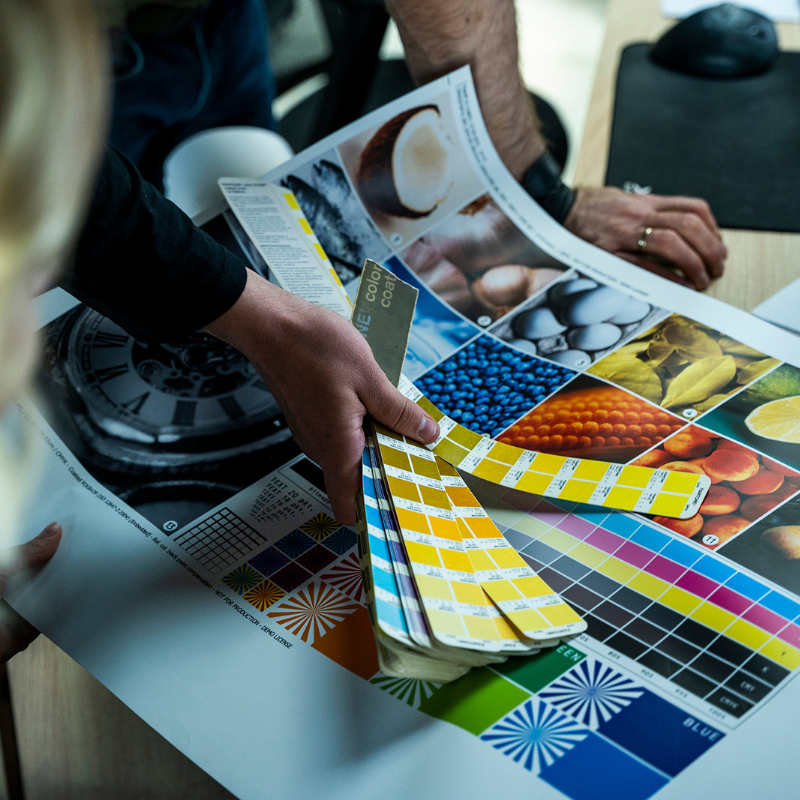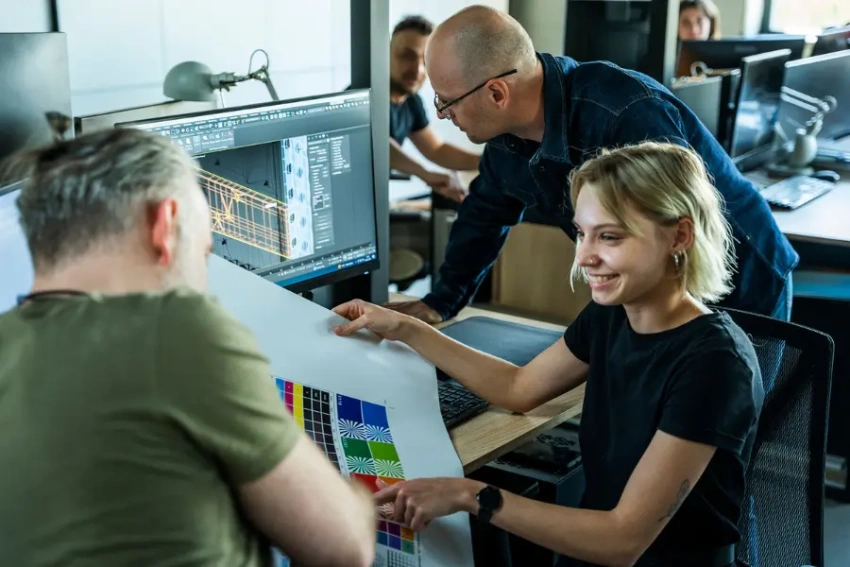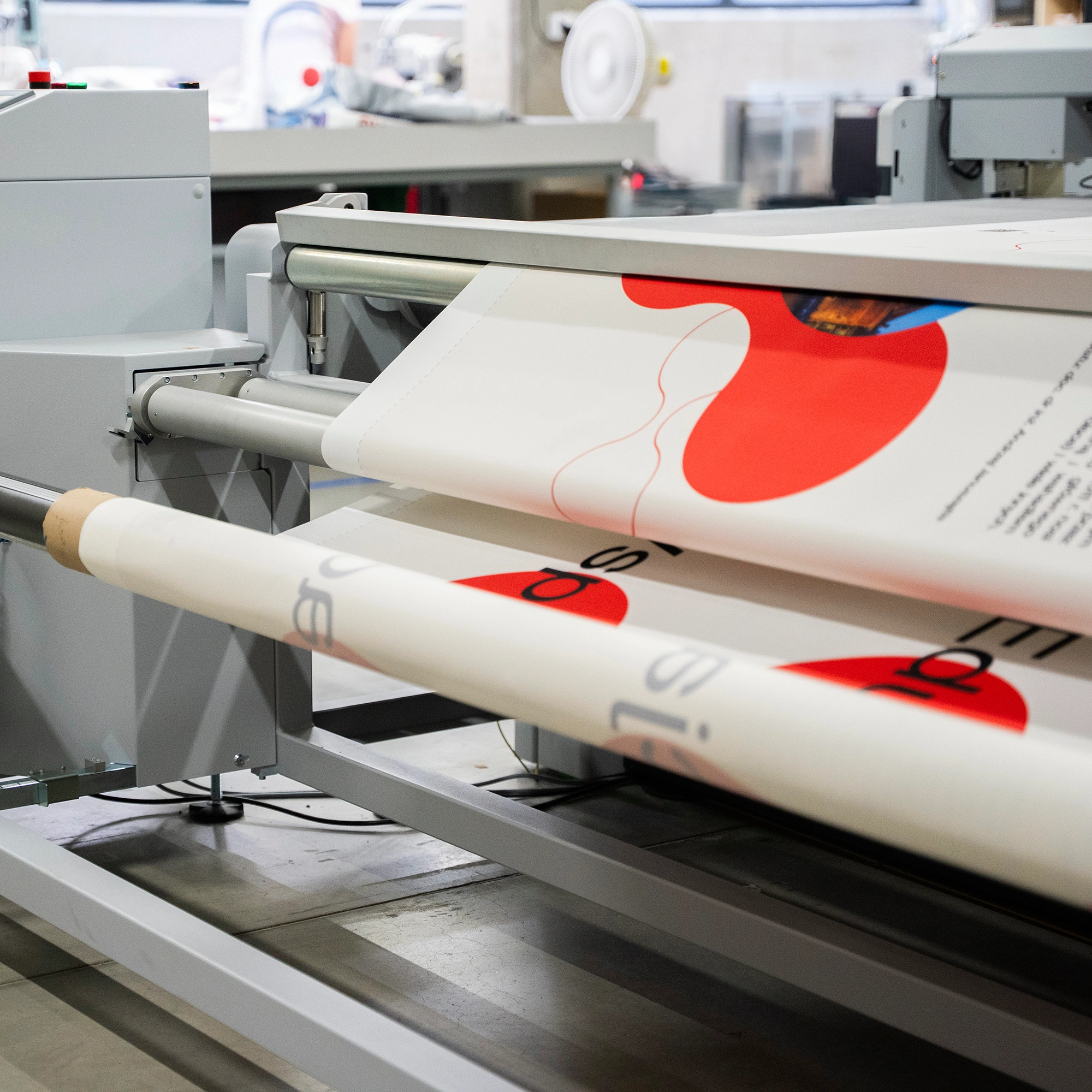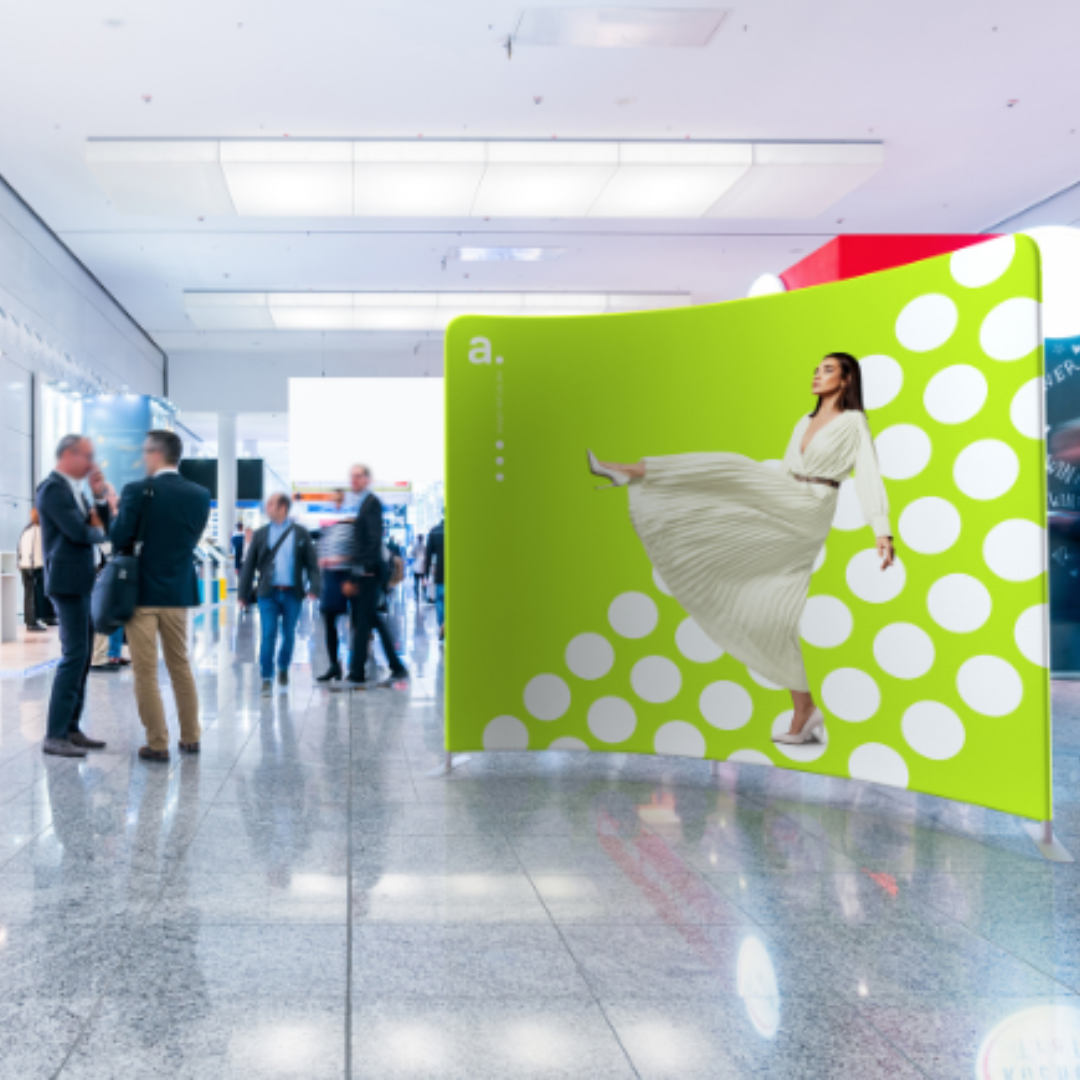File verification: the key to seamless order fulfillment


Non sei sicuro che i tuoi file rispettino le linee guida? Su adsystem utilizziamo un sistema avanzato di File Checker e l’esperienza dei nostri grafici per eliminare gli errori tecnici sin dalle prime fasi del processo. Scopri cosa include la nostra verifica e a cosa devi prestare attenzione come cliente.
Perché la verifica dei file è importante nel processo di gestione degli ordini?
La verifica dei file grafici è la base per una realizzazione efficace degli ordini. Errori o dimenticanze nei materiali inviati possono causare problemi in produzione, ritardi e costi aggiuntivi. Preparare correttamente i file permette di evitare queste situazioni e garantisce un processo di produzione fluido. La verifica è anche fondamentale per mantenere alta la qualità del prodotto finale – un aspetto cruciale nei progetti pubblicitari, dove ogni dettaglio fa la differenza.
L’analisi approfondita dei file è uno standard su adsystem. Grazie a questo processo, i nostri clienti possono essere certi che i loro ordini verranno realizzati secondo le aspettative. Inoltre, la verifica contribuisce a mantenere la continuità del flusso di lavoro – eventuali errori vengono segnalati immediatamente, permettendo una rapida correzione.

Verifica dei file nella pratica – come funziona su adsystem
Il processo di verifica dei file su adsystem si basa su due fasi: un’analisi automatica tramite il sistema File Checker e una valutazione grafica da parte del nostro team di designer. Se desideri che il tuo progetto venga controllato dai nostri grafici, ti basta selezionare l’opzione corrispondente durante l’ordine.
La verifica automatica inizia subito dopo il caricamento dei file. Il programma File Checker controlla se il progetto rispetta le linee guida. Se i file sono corretti, il sistema consente di procedere con l’ordine. In caso di errori, segnala quali elementi devono essere corretti. I file che non rispettano i requisiti non possono essere caricati, il che permette di eliminare rapidamente gli errori di base.
Durante l’ordine, il cliente può anche visualizzare in anteprima il progetto in 3D. Questa funzione permette di verificare in autonomia come apparirà la grafica sul prodotto selezionato – ad esempio su una parete pubblicitaria o su una tenda. Se il risultato non convince, si possono apportare modifiche e caricare nuovamente i file aggiornati per ottenere un risultato finale soddisfacente.
Dopo la verifica automatica, i file vengono inviati al team grafico per un controllo più approfondito – se il cliente ha richiesto questo passaggio.

Cosa non è incluso nella verifica dei file?
Su adsystem, la verifica dei file si concentra sugli aspetti tecnici della preparazione alla stampa. Il processo non include il controllo della coerenza cromatica tra file diversi, quindi eventuali variazioni di tonalità non vengono analizzate. Inoltre, non viene effettuata alcuna valutazione del contenuto, della composizione o dell’estetica. I nostri grafici non intervengono nella disposizione degli elementi all’interno del progetto.
I grafici non sono nemmeno responsabili della conformità del progetto al brandbook. Se il progetto deve rispettare linee guida specifiche – come colori aziendali, font o layout – il cliente deve comunicarlo chiaramente al momento dell’ordine.
La verifica tecnica consente di eliminare gli errori di base, ma la piena coerenza con le aspettative richiede attenzione e impegno da parte del cliente, soprattutto per quanto riguarda i contenuti, l’estetica e gli effetti grafici avanzati.

Conclusione – perché vale la pena affidarsi ai professionisti
La verifica dei file non riguarda solo il rispetto dei requisiti tecnici, ma anche la prevenzione di errori che potrebbero compromettere la qualità del prodotto finale. Il team di adsystem si occupa sia della correttezza dei file che di una comunicazione trasparente. Eventuali problemi vengono individuati rapidamente, consentendo una correzione efficace. Tutto questo riduce al minimo il rischio di ritardi e costi aggiuntivi.
Con il supporto degli esperti, non devi preoccuparti degli aspetti tecnici dell’ordine. Su adsystem accompagniamo il cliente in ogni fase del progetto, garantendo un processo fluido e ben gestito.



